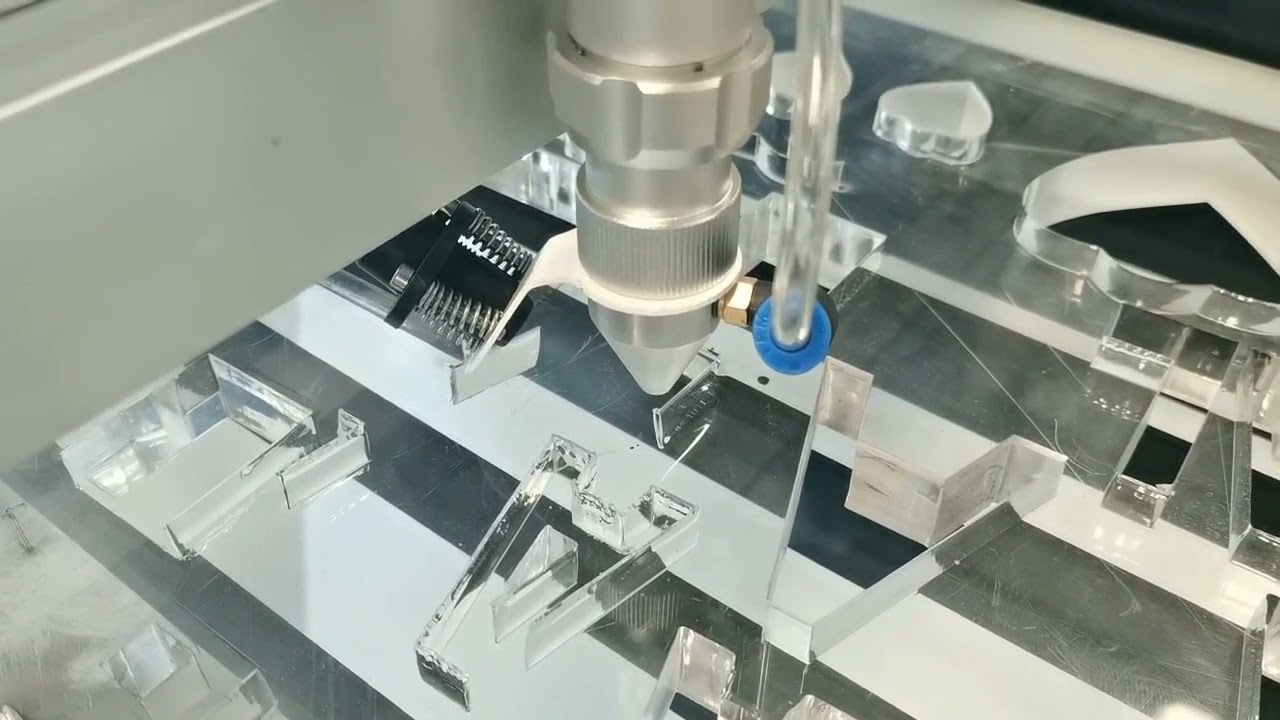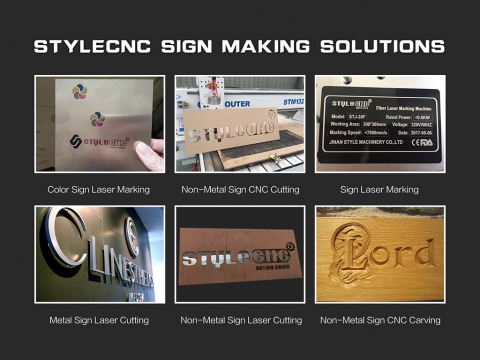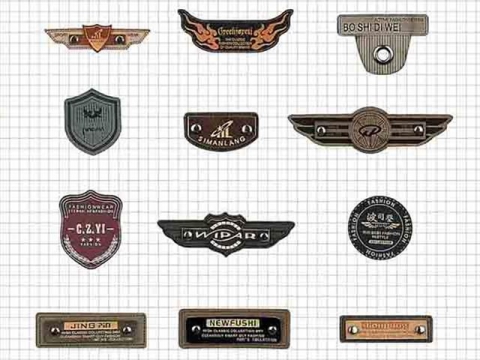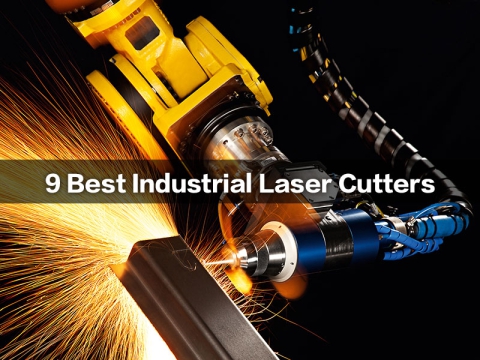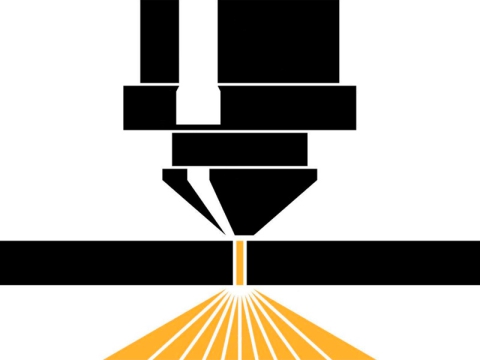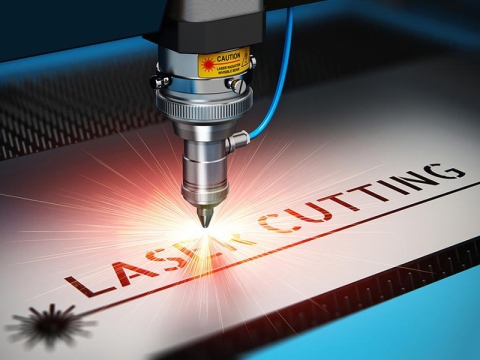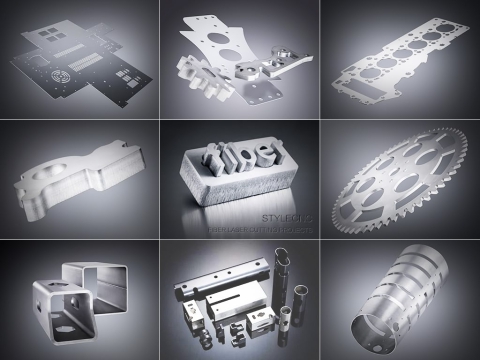Laser-cutting acrylic is one of the latest additions to our technological advancement that enables an efficient fabrication process of acrylic sheets and offers unparalleled precision in engraving, carving, or shaping them. This high-powered tech opened a world of creative possibilities.
But, today we are not going to praise the laser cutting of acrylic with what it can do. Rather, in this post we will be exploring the safety considerations of this tech and find out if it is toxic or not. We will also deliver safety measures and guidelines to follow before taking your project to the field.
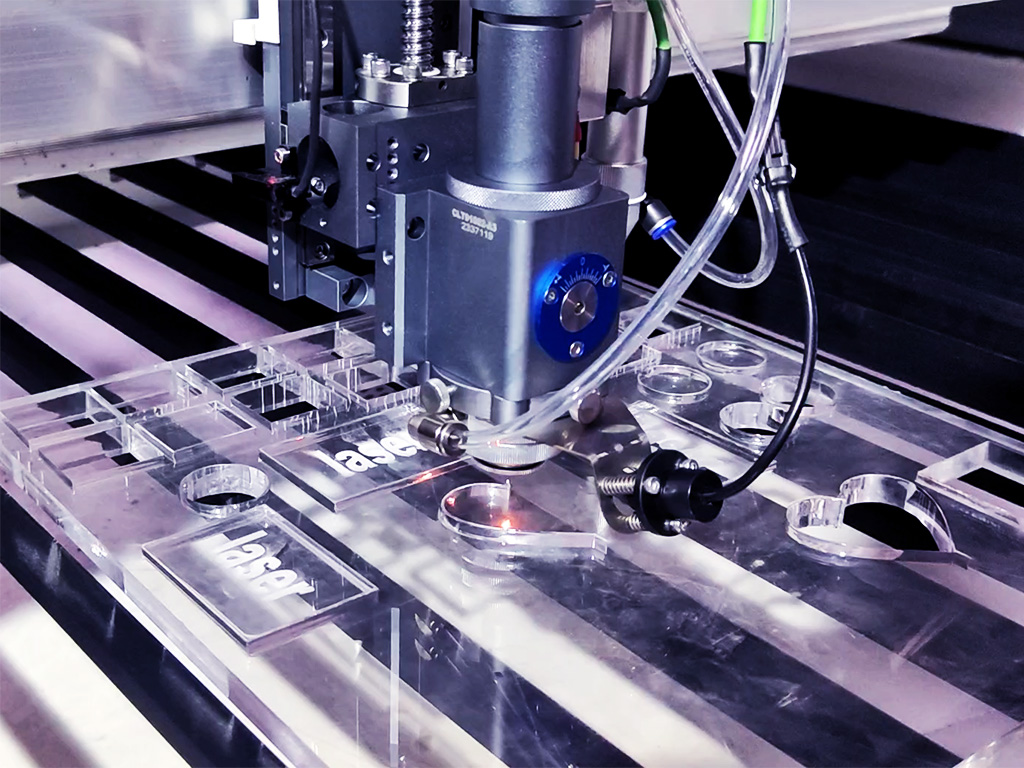
The importance of understanding the safety considerations and following them is crucial. Let’s find out whether and how effectively the laser cutting acrylic revolutionized manufacturing industries.
A Brief Overview of Laser Cutting Acrylic
Laser cutting acrylic uses high voltage concentrated laser beam to cut through the materials. It offers a wide range of applications. The laser beam precisely cuts through or engraves acrylic sheets. This is way better than traditional milling or sawing methods. Efficient productivity and ease of usability make laser-cutting acrylic sheets popular these days.
Utilizing the intense heat generated by the laser cuts and shapes the material with smooth finishing and clean edges. Laser cutter offers superior accuracy to the task.
Understanding Safety Considerations and Importance
This newly added tech is undoubtedly more beneficial than any traditional milling and cutting methods. However, laser cutting acrylic also leads to potential hazards and safety risks. Today, our primary concern is the safety considerations and importance of those laser cutting acrylics.
Safety considerations in laser cutting acrylic are crucial. Lack of safety measurement will cause several hazards, such as health hazards, inhalation difficulties, eye injuries, skin irritation sensitization, and so on.
To avoid any unwanted experience follow these rules and make sure safety features are enabled.
✔ Proper ventilation is very important at work. The process creates fumes and gasses. Direct inhalation exposure can cause severe health issues within days.
✔ A complete PPE set can save you from many long-term physical diseases due to working with the laser beam. A proper PPE setup features organic vapor cartridges and safety goggles to protect against inhalation of fumes and potential eye damage from laser radiation.
✔ Make sure regular maintenance to maximize efficiency and performance. This will also save you from any potential machine malfunction or accidents.
✔ Emphasize the training and education of the operators. With proper knowledge and expertise, an operator can save the machinery along with him from any potential disabilities.
✔ Practice and ensure regulatory compliance provided by legal authorities.
Now, safety considerations bear great importance and significance due to probable hazardous incidents. Therefore, STYLECNC recommends prioritizing the safety steps to attain physical and financial safety on top.
Chemicals Released During Laser Cutting
Laser cutting uses high-voltage electric power to generate high-temperature heat. The concentrated laser beam then vaporizes the material with a predetermined path by a CNC software system and shapes the item accordingly.
In this whole machining process, a few chemicals and bi-products are produced as waste. Here, we have given a brief look at the chemicals produced during laser cutting acrylic.
Methyl Methacrylate (MMA)
The properties of Methyl Methacrylate and the health effects due to this chemical exposure are given below.
• Methyl methacrylate is a colorless liquid with a sweet odor
• Commonly used in acrylic plastics, adhesives, coatings, and resins production
• Skin contact can cause irritation, redness, and dermatitis for skin-sensitive personnel
• Even a short-time exposure to concentrated MMA can cause respiratory tract
• MMA is also considered a potential carcinogen
Now the exposure limits and regulations in laser cutting acrylic are necessary to learn and follow.
OSHA and ACGIH established exposure limits and guidelines for MMA to protect workers from diverse health effects. The OSHA permissible exposure limit (PEL) for MMA is 100 parts per million (ppm). The ACGIH threshold limit value (TLV) for MMA is 50 ppm as an 8-hour TWA.
Formaldehyde
Knowing the health hazards and carcinogenicity of Formaldehyde will certainly help keep you on a safe track. It is a colorless gas with a distinct odor. Health hazards prone to take cause are likely,
• Inhalation of the gas can irritate the eyes. Besides, the nose, throat, and respiratory tract are common hazards of the exposure
• Repeated and long exposure to Formaldehyde is responsible for severe health diseases like asthma, and bronchitis, as well as allergic reaction
• The International Agency for Research on Cancer (IARC) and the National Toxicology Program (NTP) classified Formaldehyde as a known human carcinogen
To reduce hazards due to this chemical substance regulatory guidelines are established by OSHA and ACGIH.
The OSHA permissible exposure limit (PEL) for Formaldehyde is 0.75 parts per million (ppm) and the ACGIH threshold limit value (TLV) for Formaldehyde is 0.3 ppm as an 8-hour TWA. OSHA has established a short-term exposure limit (STEL) of 2 ppm as well for formaldehyde. This is crucial to know about the regulatory guidelines for all operators.
Hydrogen Cyanide (HCN)
This is a highly toxic element found during the production of materials with coating and additives. Specific coated acrylic products can produce HCN. During acrylic cutting high temperature of the laser can produce a decomposition product like cyanide.
The health risks of this chemical element are high. So, safety measures for acrylic laser cutting are a must.
Inhalation of hydrogen cyanide vapor can lead to symptoms such as headache, dizziness, nausea, vomiting, difficulty breathing, and in severe cases, loss of consciousness and death. To minimize the chances of any health issues ensure the following steps,
Proper ventilation system, and personal protective equipment (PPE), monitor performance, and train the workers with adequate knowledge.
Health Risks Associated with Acrylic Fumes
Neglecting the importance of safety considerations and not following them can cause severe physical harm. Working for a long time to exposure to HCN can cause death.
Respiratory effects
• Irritation and discomfort: Exposure to fumes and gas and inhalation of irritant substances such as Methyl Methacrylate and formaldehyde, can cause acute respiratory irritation.
• Long-term health implications: Chronic exposure to acrylic fumes causes respiratory diseases such as bronchitis, asthma, and chronic obstructive pulmonary disease (COPD).
Skin and Eye Irritation
• Contact dermatitis: Contact with acrylic fumes can lead to contact dermatitis. Symptoms of contact dermatitis may include redness, itching, swelling, and blistering of the skin.
• Eye irritation and damage: Exposure to laser radiation consistently can cause eye irritation and damage.
Safety Precautions for Laser Cutting Acrylic
Safety precautions are essential to reduce the chance of accidents while laser cutting acrylics. Follow the safety measures and ensure a safe work environment. Some important safety measures are,
✔ Make sure proper ventilation in the cutting area to remove fumes and gases.
✔ Install fume extraction equipment or local exhaust ventilation.
✔ Provide appropriate PPE to the operators and workers.
✔ Make sure the workers wear respirators with organic vapor cartridges to avoid direct inhalation of fumes and gases.
✔ Use safety goggles and protective gloves on working.
✔ Ensure routine inspection and maintenance check-ups of the laser acrylic cutting machine.
✔ Train operators and workers.
✔ Follow the instruction manual given by the manufacturer.
Regulatory Compliance and Standards
Relevant regulations and guidelines for regulatory compliance are made to ensure the safety of the health and workers of cutting acrylic. These standards are established and approved by the Occupational Safety and Health Administration (OSHA), the National Institute for Occupational Safety and Health (NIOSH), and the International Organization for Standardization (ISO).
The OSHA regulations are:
⇲ Hazard Communication Standard (HCS).
⇲ Respiratory Protection Standard.
⇲ Personal Protective Equipment (PPE).
⇲ Ventilation Standard.
NIOSH also features a couple of standard guidelines for workers engaged with laser cutting acrylic for exposure to both Methyl Methacrylate and Formaldehyde.
There are a few ISO standards as well to follow.
Best Practices for Safe Laser Cutting Operations
To ensure a safer laser cutting operation operators and owners must follow all the safety considerations and regulations we talked about. A few tactics to make sure workers are healthy and safe are given below.
Training and education for operators
Provide comprehensive training to your workers for laser cutting acrylic including setup, shut down, and operation. Make sure they are trained for emergency response.
Regular maintenance of equipment
Take routine inspections of machines and parameters. Check parts and components like laser sources, optics, cooling systems, and safety interlocks, to identify and address any signs of wear, damage, or malfunction.
Monitoring and testing for air quality
Do take regular ventilation checks and install essential equipment to make sure the environment and air quality are breathable.
